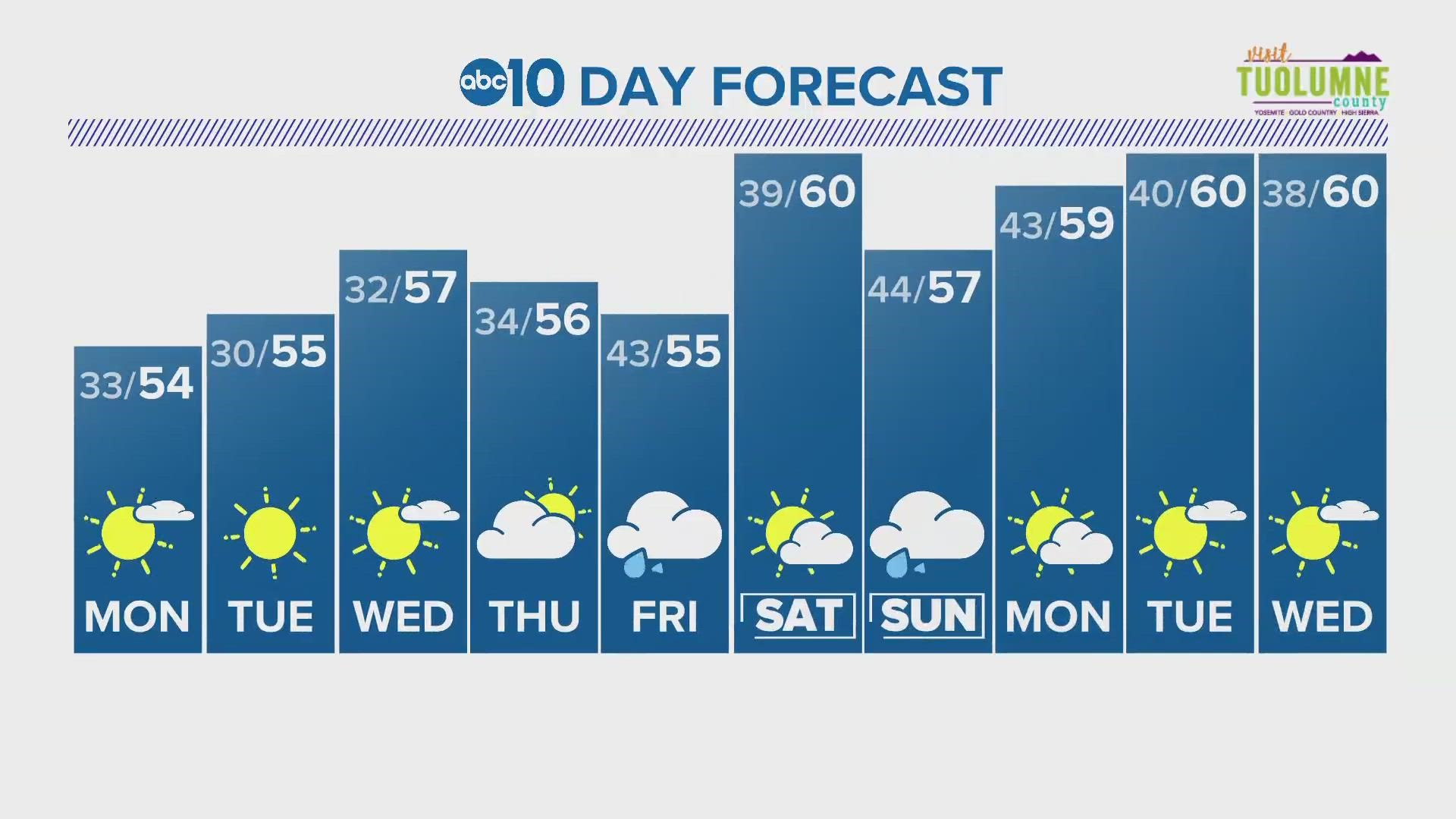SACRAMENTO, Calif. — A recent UC Davis study found human impacts have resulted in a higher prevalence of high severity fires while low to moderately burning fires have decreased during the same period.
The study focused on 120,000 acres of forested land in the Sierra Nevada mountain range, comparing the wildfire seasons of 2010-2020 to the period of 1984-2009 along with Pre Euro-American settlement (1850). The effects of climate change, fire suppression tactics, and the halting of Native American burning practices have rapidly caused fire activity to stray from natural variability.
Prior to 1850, the average acres burned was a little more than 200,000 acres. Fire suppression tactics allowed forests to become overgrown, in turn contributing to the high prevalence of high severity fires.
A high severity fire is categorized as a fire burning over 95% of organic material in its path. In these cases, conifer forests struggle to regenerate, permanently altering the ecosystem.
In terms of acreage, 9 of the 10 largest fires in California's recorded history came in the 2010-2020 period. Average acres burned increased by over 200% in the 2010-2020 timeframe compared to 1984-2009. Part of this is due to increased prescribed burn activity, which helps to control wildfire spread.
In the case of the Mosquito Fire, prescribed burns and forest management were shown to slow down fire activity.
"We did see the fire effects change. It still killed some of the trees along the edge but them it dropped to the ground and we're assuming it became more of a surface fire. This ultimately became where they put the containment line in this area that we had treated with prescribed fire," said Ariel Roughton, Research Forest Manager at Berkeley Forests.
While the gap is closing, pre-1850 wildfire average acres burned still remains well above current levels and overgrown forests will continue to present a problem across the west.
In terms of ecological impacts, the increased fire activity has adverse effects of water quality, air quality, soil health, increased erosion, and resulted in a loss of carbon storage.























